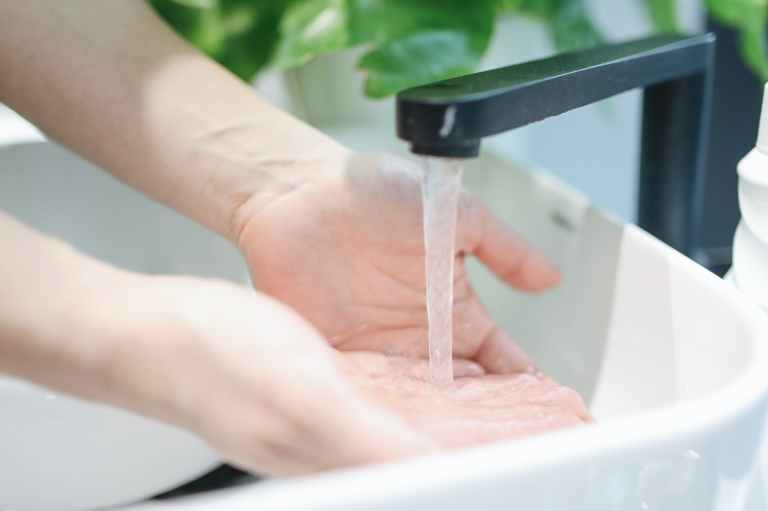
On a Colgate toothpaste package I spotted a very small message that said “SAVE WATER, www.colgate.com/savewater“. The link took me to a 2018 site which emphasized the absolutely necessity to conserve water. The message, although two years old, is timeless. I learned a lot by researching this.
If you are reading this, your situation is probably like mine. I have access to water anytime I want. I have all the water I could possibly want. In fact, it’s so plentiful that it is easy to it take for granted. There is a tendency to squander it. We waste four gallons of water by leaving it on while we brush our teeth. That’s more water than many people around the world have in a week. Almost two million people in the United States lack access to running water. Sounds impossible, doesn’t it? But in some parts of our country that is the sad truth. For example, Navajos are 67 times more likely to live without running water. The water usage for the average U.S. citizen is 100 gallons a day. Think about it. On the average, we use 100 gallons a day. The average citizen in St. Michael’s, Arizona, a city in the Navajo nation gets to use one gallon a day. That’s all. Since 2013, St. Michael’s has relied primarily on bottled water due to arsenic and lead contamination. This contamination has taken a massive toll on the young children and babies in their town.
Also, due to California droughts and wildfires, over 2000 residents are experiencing water shortages. These people are working together, trying to bring water to those who need it most.
The situation is far from hopeless. Just by monitoring our use of water and reducing it where we can makes more available for others. My son also informed us that it takes 1.1 gallons of water to grow one almond and 1,900 gallons to grow one pound. We are doing some research and are considering making the switch to oat milk. I’ve been told that it is quite tasty and uses less water in its production.
And maybe we need to rethink our love affair with jeans. It takes 2500 gallons of water to make one pair of jeans. These jeans then have to travel over 6,000 miles by boat and almost 2500 miles by truck to get to our retail store. More and more people are considering buying used jeans and other goods as an option to give our exhausted environment some relief. As I write this, I’m sitting here wearing a pair of black jeans that are 18 years old. I’m not quite sure how they lasted this long, but they are still going strong.
Another option is to help charities that address water need. One that comes to mind is charity:water (www.water.org). There are some other charities that help. I did an online search for charities that address water need. That brings up other charities and causes which work to provide people in need. There is the Navajo Water Project Dig Deep (https://www.navajowaterproject.org) which works to bring hot and cold running water to a Navajo family. 40% of Navajo don’t have access to a tap or toilet at home.
In my humble estimation, water is the precious thing we have on this earth. Please share.

Thanks so much,
Cindy
“I think when the dust settles, we will realize how very little we need, how much we actually have, and the true power of the human connection.” Unknown

One thought on “Water”